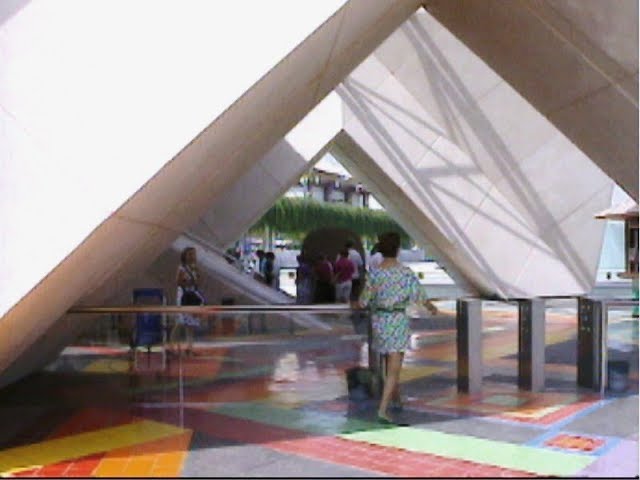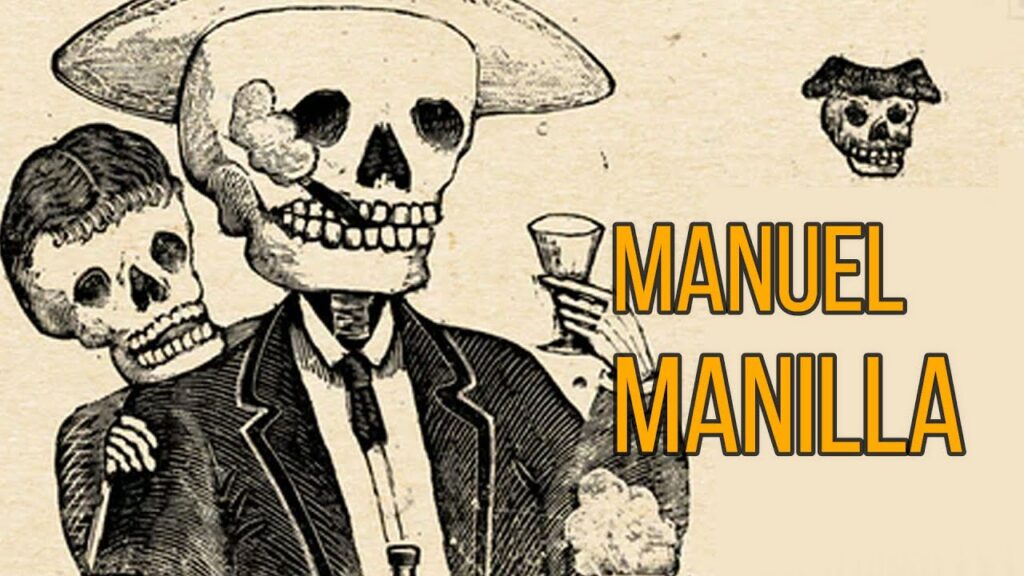Exploring the Mexican Pavilion: Neo-Indigenous and Nationalist Architecture in Sevilla, Spain
The exotic allure of Mexico has long captivated the imagination of travelers and architects alike. At the heart of this fascination lies the remarkable Mexican Pavilion in Sevilla, Spain. Designed with a blend of neo-indigenous and nationalist architectural styles for the 1929 Ibero-American Exposition, the structure serves as a testament to the rich cultural heritage of Mexico and its lasting influence on international design.
Approaching the pavilion, visitors are immediately struck by its majestic facade, which is adorned with elements reminiscent of indigenous Mexican art. The carvings and friezes depict mythical scenes and motifs, offering a window into the spiritual symbolism of the Aztec and Mayan civilizations. This intricate stonework, paired with vibrant colors, captures the essence of Mexico’s ancestral cultures while asserting a modern identity.
Inside, the pavilion transitions into an expansive space that houses a collection of handicrafts, textiles, and artworks, each piece carefully curated to represent the various regions of Mexico. The interior design of the exhibit showcases the country’s dedication to preserving its folkloric traditions alongside its push towards modernization. The integration of traditional crafts within the contemporary layout of the pavilion creates a dialogue between the past and the present, offering insights into the evolving nature of Mexican identity.
The legacy of the pavilion extends beyond its architectural beauty and into its role in shaping the cultural dialogue between Mexico and Spain. It reflects a period when Mexico was eager to present itself on the world stage as a nation proud of its roots and optimistic about its future. This monumental edifice serves not only as an architectural spectacle but also as a symbol of the diplomatic and cultural bonds that were forged during the exposition.
Today, the Mexican Pavilion in Sevilla stands as a beacon of cross-cultural exchange and artistic expression. It continues to attract tourists, architects, and historians eager to uncover the stories embedded within its walls. The neo-indigenous and nationalist themes of the pavilion echo the ongoing conversation about cultural representation and national identity, themes that remain as relevant today as they were almost a century ago.
Unveiling the Historical Significance of Mexico’s Pavilion in Sevilla
The history of Mexico’s Pavilion in Sevilla is deeply intertwined with early 20th century diplomacy and culture. Constructed for the Ibero-American Exposition of 1929, this architectural masterpiece was designed to showcase the nation’s progress and cultural diversity. It served as a physical testament to Mexico’s identity, blending pre-Hispanic motifs with colonial elegance, thereby reflecting the multi-layered tapestry of the nation’s history.
Mexico’s Pavilion was not only an exhibit space but also a symbol of friendship and cooperation between Spain and Mexico. Its purpose transcended mere aesthetics; it stood as a beacon of bilateral relations at a time when international expositions provided platforms for countries to strengthen their global ties. The pavilion’s enduring presence has since become a cornerstone of historical discourse regarding Mexico’s international relations during the early 20th century.
Beyond diplomacy, the pavilion housed Mexico’s technological and artistic achievements. Intricately decorated with murals by famed Mexican artists, it offered visitors an immersive experience into the country’s thriving artistic scene. The vivid colours and powerful symbols depicted in these murals still speak volumes about the artists’ hopes and the national pride during that era.
Today, the pavilion’s legacy continues as it stands as a proud reminder of Mexico’s contribution to the 1929 exposition. Its influence persists in the hearts of Mexican citizens and the annals of history, encouraging a new generation to discover and celebrate the rich cultural tapestry of Mexico. As one wanders through the halls of the now historical monument, one can’t help but feel connected to the past and the myriad of stories encapsulated within its walls.
A Journey into the Heart of Neo-Indigenous Style: Mexico’s Pavilion in Spain
When one speaks of the fusion between the deeply rooted traditions of Mexico’s past and the innovative spirit of contemporary design, the Neo-Indigenous style stands out. Mexico’s Pavilion in Spain is a living testament to this harmonious blend. This space is not only an exhibit; it’s a narrative woven with the vibrant threads of Mexico’s indigenous cultures, reinterpreted in a modern context. Visitors stepping into the pavilion are immediately embraced by a rich, visual dialogue between history and modernity.
The pavilion showcases a myriad of handcrafted textiles, each telling the unique story of the region it hails from. Bold geometric patterns are re-imagined through cutting-edge graphic design, while traditional weaving techniques are performed with a contemporary twist, illustrating the dynamic adaptability of Mexican artisanship. This creates an immersive experience where the old world meets new, and every craft speaks of the innovative future shaped by the hands of tradition.
Amidst the collection, the pavilion highlights the profound respect for nature that is ingrained within indigenous culture, a pivotal element of Neo-Indigenous design. Organic materials sourced sustainably from Mexico’s diverse ecosystems are transformed under the vision of modern aesthetics. This convergence breathes life into a new kind of artistic expression, one that resonates with the essence of Mexico’s heritage while echoing a universal cry for environmental mindfulness and sustainability.
Discover Mexico’s Nationalist Expression through the Pavilion in Sevilla
Mexico’s pavilion at the Ibero-American Exposition in Sevilla, 1929, remains a celebrated icon of Mexican architecture and cultural heritage. The pavilion was a masterpiece of design, intended to showcase the country’s rich history and national identity on an international stage. Visitors were enthralled by the intricate representations of indigenous traditions and the celebration of post-revolutionary nationalism, all woven into the majestic façade and interior designs that drew from Pre-Columbian and colonial influences.
The structure of the pavilion itself was a distinct blend of indigenous and modernist elements, pioneering a new style that would later influence the course of Mexican architecture. Carlos Obregón Santacilia, the mastermind behind this grand display, incorporated materials and techniques that highlighted Mexican craftsmanship. The result was a creation that stood out amongst the international representations as an unapologetic statement of the country’s pride and cultural prowess. It was not only an exhibit; it became a symbol of Mexico’s renewal and artistic innovation in the early 20th century.
Inside the pavilion, visitors found themselves immersed in a curated celebration of Mexican life, from the murals by Diego Rivera that adorned the walls to the exposition of fine arts and national industry. The pavilion was designed to educate and inspire, and it achieved just that by painting a picture of Mexico that captured its revolutionary spirit and ancient roots. The pavilion’s legacy continues to resonate today as a touchstone for those looking to understand the depth and richness of Mexico’s national character.



